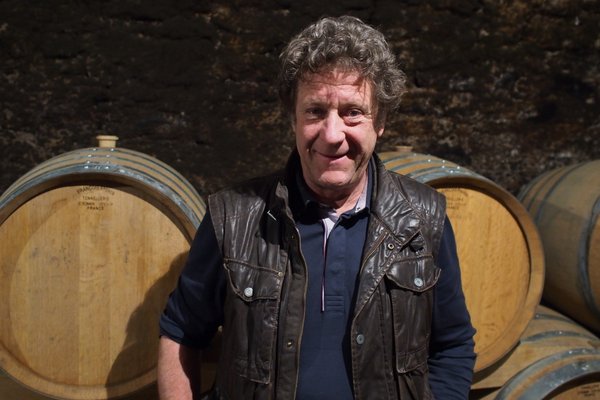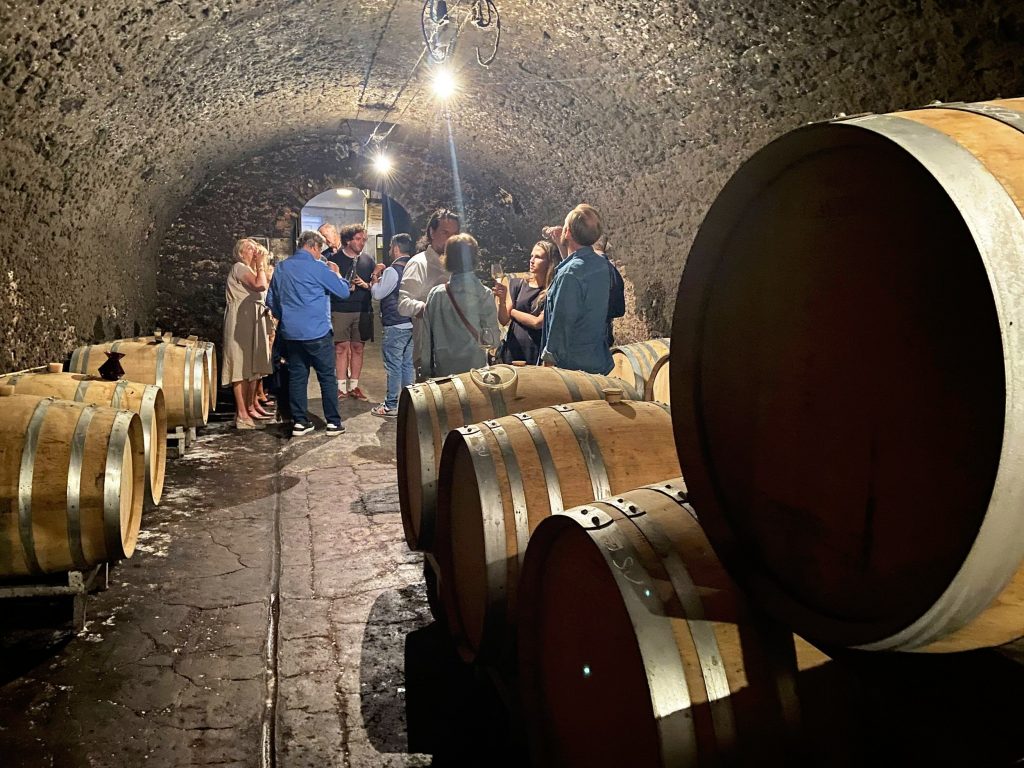One brand has continuously distinguished itself for its audacious and inventive approach in the Champagne region’s undulating hills, where tradition is paramount: Jacques Selosse. The Selosse estate, which is renowned for reinventing what Champagne may be, exemplifies a concept that combines history with an innovative outlook. This unique strategy has challenged preconceived notions about Champagne in addition to elevating the estate’s wines to cult status.
A Tradition Stemming from Innovation
The narrative of Jacques Selosse starts in 1949, when he established the estate in the charming village of Avize on the Côte des Blancs, which is the Champagne region known as the Chardonnay heartland. But when his son, Anselme Selosse, took over in 1980, the truly revolutionary chapter began. Anselme, who had his training in Burgundy, brought with him a profound understanding of terroir, which at the time was a relatively new idea in Champagne.
Anselme’s Burgundian sensitivities prompted him to investigate the uniqueness of each vineyard plot, when many other Champagne producers concentrated on blending to attain consistency. He soon distinguished himself from his contemporaries with his painstaking attention to detail and defiance of accepted conventions.

The steadfast dedication to capturing the distinct personality of the vineyards lies at the core of Jacques Selosse’s concept. Approximately 7.5 hectares of Grand Cru vines, including valuable holdings in Avize, Cramant, and Oger, are owned by the estate. The chalky soils and microclimates of each vineyard are praised, and little is done to interfere with the terroir’s ability to be heard.
In order to preserve soil health and biodiversity, Anselme’s method starts in the vineyard, where organic and biodynamic techniques are used. Harvesting is also done with great care, with an emphasis on selecting grapes at their ripest, which is a big change from the early harvests that are typically preferred in Champagne to maintain acidity.
Innovative Methods for Making Wine

Anselme Selosse’s cellar techniques set his Champagnes apart even further. Utilising oak barrels for fermentation and ageing, Selosse embraces oxidative winemaking methods in contrast to most winemakers, who mostly depend on stainless steel tanks. This method produces wines that are rich, expressive, and distinctively Selosse by adding layers of complexity and character.
The estate’s adoption of the solera system, which is more frequently connected to the manufacture of Sherry, is among its most recognisable innovations. The Jacques Selosse solera technique, which was first implemented in 1986, blends wines from several vintages in an endless cycle. This process gives wines like the renowned “Initial” and “Substance” cuvées with unmatched depth and consistency.
The wines
Initial This cuvée, which highlights the purity of Chardonnay from Avize and neighbouring villages, is a hallmark of the estate. Its solera influence balances intricacy and freshness while adding layers of texture. A hint of salty minerality, toast, and ripe fruit flavours are to be expected.
Substance A Chardonnay from a single vineyard that is matured solely in the solera method, Substance is frequently seen as an even more profound manifestation of Selosse’s philosophy. With flavours of honey, almonds, dried fruit, and oxidative notes that highlight its distinctiveness, it demonstrates an impressive depth.
The Selosse Style: An Intricate Tapestry
There is no mistaking Jacques Selosse Champagnes. They are difficult to classify, frequently blending the distinctions between still wine and champagne in terms of flavour and texture. A kaleidoscope of flavours, including brioche, roasted almonds, ripe orchard fruits, honey, and salty minerality, are present in these full-bodied, rich, and highly aromatic wines.
Due to its unique style, the estate has developed a loyal following among wine connoisseurs, collectors, and sommeliers. Opinions are divided, though, with some traditionalists believing the wines are too out of the ordinary. This difference doesn’t bother Anselme Selosse, who has always sought to produce true representations of his terroir independent of current fashions.
Beyond the Bottle: Having an Impact on the Next Generation
Jacques Selosse’s influence goes much beyond its wines. Anselme’s methods and ideas have caused a new generation of Champagne makers to reconsider their strategy. Many now place a higher value on organic cultivation, artisanal techniques, and vineyard expression, indicating a larger change in the area.
Anselme has established himself as a pioneer and gained respect and appreciation from both peers and detractors for his willingness to try new things and question the status quo. The emergence of grower Champagnes, or wines made by tiny, family-owned estates that prioritise terroir and quality above quantity, is evidence of his influence.